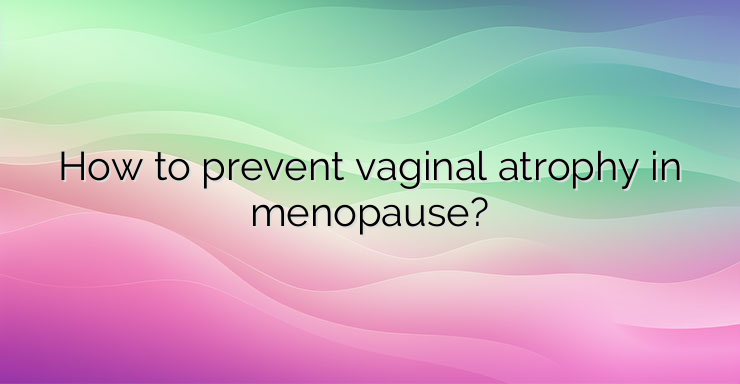It is well known that the main symptoms during menopause are on the part of the cardiovascular system and a change in outlook. Hot flashes, high pressure, slight tremors, easy irritability are common in women at the end of their reproductive potential. It is also very important for peri- and postmenopausal women to maintain intimate hygiene and a satisfactory personal life. Age should not be considered a stigma, but it should be known that with menopause changes occur in the genital area and it is good for women to take care of them. The vagina, lower urogenital tract and pelvic floor experience a deficiency of estrogens during menopause. They atrophy, their structure and function changes under the influence of the lack of estrogen action and tissue aging. During menopause, the vulva loses most of its collagen and fatty tissue. The epithelium thins, reduces its ability to retain water, glandular secretion also decreases. Thus, the skin in this area becomes easily wounded by rough clothing, prolonged sitting or sexual contact. Estrogen deficiency in the vagina reduces the normal, “good” bacterial flora, which allows for colonization with pathogenic microorganisms. Thus, symptoms such as pain when urinating, urinary incontinence, straining and leakage become more common. In menopausal women, the most common symptoms from the intimate area are vaginal dryness, pain during sex (dyspareunia), vaginal itching, burning and pain. Despite these unpleasant symptoms, very rarely do women share them with their doctor for various reasons. It should be noted, however, that it is necessary for menopausal women to maintain the same quality of life as before and to know that the symptoms of vaginal atrophy can be alleviated. Application of lubricant soothes the skin, reduces dryness and discomfort, but does not prevent tissue changes. Examples are gels containing hyaluronic acid such as Hilafem, Triton Pharma or Concord. Phytoestrogens taken through food, such as from soy, have minimal local effects in the intimate area. NEWS_MORE_BOX Replacing estrogen deficiency locally is the way to fight vaginal atrophy. Estrogens improve blood vice, activate epithelial cells and support the development of lactobacilli in the vagina, oxidize the environment and reduce the risk of infections. Local administration of estrogen therapy is more effective than systemic administration. Also, local application avoids the possibility of developing the unwanted effects of hormone therapy such as endometrial proliferation or hyperplasia or an increased risk of endometrial carcinoma. Additionally, topical estrogen therapy may be used in women in whom systemic therapy is contraindicated because of recent stroke or thromboembolic disease. Urinary incontinence can also be an unpleasant symptom accompanying menopause.Reduced blood flow to the urogenital tissues causes fibrosis of the sphincter (muscular ring) around the urethra and thinning of the mucosa. Application of topical hormone therapy can improve sphincter function. It should be mentioned that reducing body mass, increasing physical activity and physiotherapy (pelvic floor exercises – Kegel exercises) also reduce the risk of involuntary discharge.


Leave a Reply